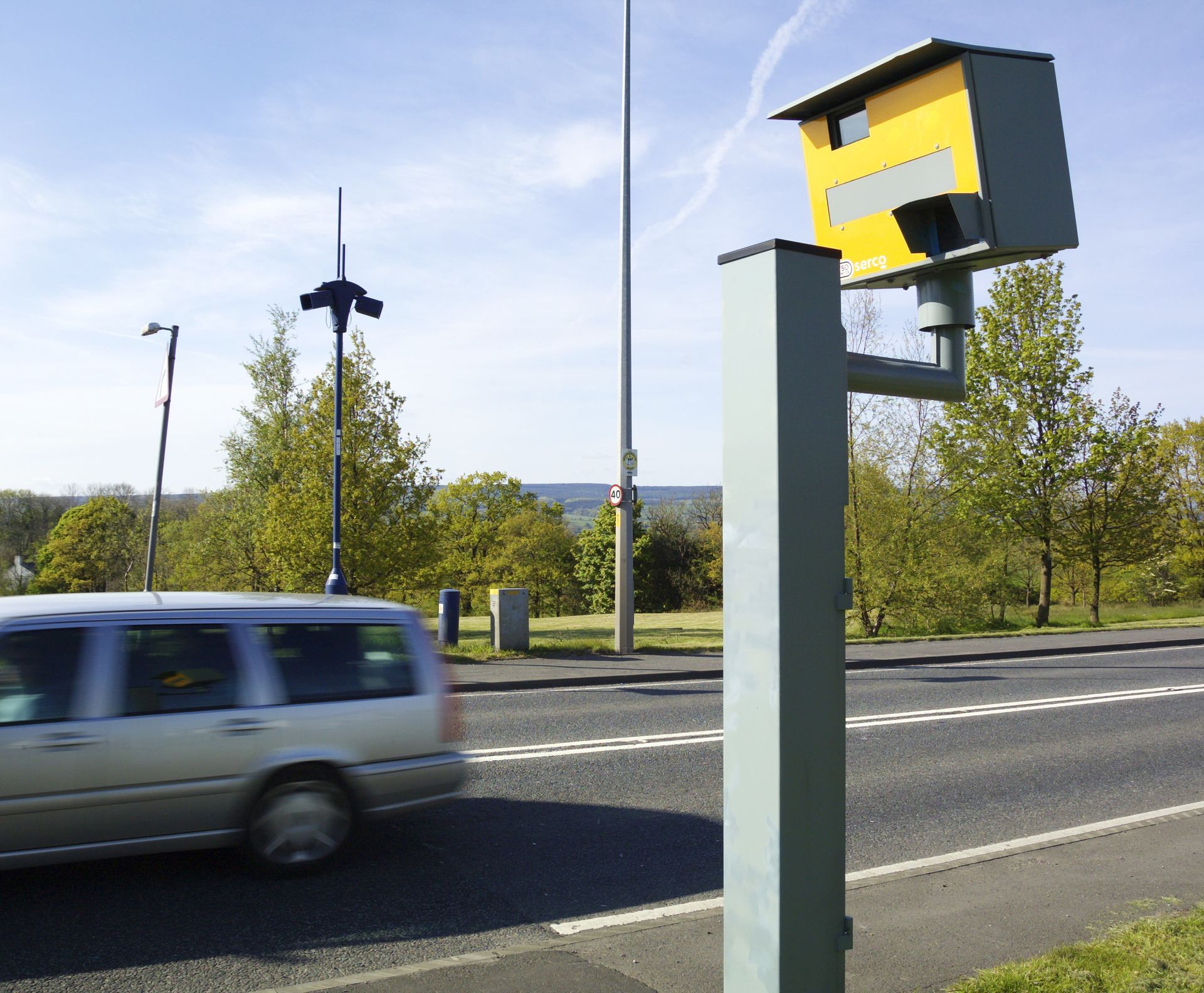Almost 1 Million UK Businesses Have £1,000 or Less In Savings
- A new study by
���ϳԹ��� reveals that over 1 in 6 SMEs in the United Kingdom have £1,000 or less saved to help them stay afloat during a downturn in revenue
- The research, which surveyed business leaders across the UK also highlights that 1 in 10 aren’t confident their business will still be afloat in just six months’ time
- NerdWallet’s business finance expert Connor Campbell gives his tips for how businesses can save more - from negotiating with suppliers to reviewing utility providers
New research by has revealed the concerning financial tightrope many UK business leaders are walking, as almost one million SMEs have £1,000 or less saved, to help them survive any decline in their revenue.
The study, which surveyed just over 500 leaders of SME businesses within the UK, sought to uncover the financial landscape owners are currently facing, following a tumultuous three-year period marred by the COVID-19 pandemic and the ongoing cost of living crisis.
With almost half (45%) of business leaders in the UK stating they can save significantly less now, than they could three years ago prior to the start of the pandemic, it’s no surprise that savings levels are so low. Based on the 5.5 million SMEs currently trading within the UK, the 17% that admit to having £1,000 or less saved, amounts to just shy of one million (935,214) businesses with extremely slim savings.
As experts suggest that businesses should have 3-6 months of operating costs saved in the bank, this paints a particularly worrying picture, especially as the research also found that 1 in 10 businesses with up to 49 employees have no savings whatsoever, putting the jobs of millions at risk.
The Cost of No Confidence
The ongoing cost of living crisis is undoubtedly having an impact on businesses having the ability to save, as 1 in 10 (10%) SMEs say they can't save anything each month, with a further 9% also only able to save up to £200 per month. For sole traders, this is even more of a concern, as 1 in 3 currently don’t save anything to help keep their business buoyant each month.
Inflated costs and low savings are certain to have a knock-on-effect on the confidence of those at the top, and ���ϳԹ���’s study goes on to show that 2023 could be a troubling year for many. 1 in 10 (amounting to 550,126 UK businesses) aren’t confident they’ll be afloat in six months’ time, a number that rises again when looking further towards 2024, with 13% of all UK SMEs not feeling confident they will still be trading 12 months from now.
This lack of confidence is more prevalent in certain parts of the country than others, with more business leaders in London feeling the pinch of what is an already expensive location to run a business and worrying whether they will still be around come 2024.
The Regions Where Small Business Confidence Is At Its Lowest
| Region | Not Confident They’ll Be Afloat in 12 Months |
|---|---|
| Greater London | 15.53% |
| South West | 14.29% |
| West Midlands | 13.89% |
| North West | 13.73% |
| South East | 11.84% |
The Cost of No Confidence
With some news reports showing that the cost-of-living crisis could last until 2027, many business leaders will be wondering what they can do to enable themselves to save more, and add more security to both their livelihoods, and those of their employees.
To help, ���ϳԹ��� has worked with Business Finance Expert Connor Campbell from comparison site NerdWallet, who commented:
“Cutting costs without sacrificing quality is a balancing act. Whenever you look to make a saving, you should ask yourself whether it will materially impact the quality of your service or product. If it will, those savings may lead to greater losses down the line. However, there are a few areas that you can look at:
- Suppliers - If you are sourcing supplies, is there a cheaper version of the same product that will not harm the quality of your own offering? Or can you negotiate your deal with your existing suppliers, and see if they can bring their prices down?
- Utilities - Similarly, can you reduce the cost of your utilities? This could be finding a cheaper broadband provider, looking into energy saving measures to reduce your electricity and gas usage, or even entirely.
- Check your subscriptions usage - Are there any services your business is paying for that you don’t use - or don’t use enough - that you can get rid of? Can you replace any of these services with cheaper versions, or even free alternatives?
- Don’t be afraid to raise your own costs - You may need to consider raising your own costs. If so, you need to find the sweet spot between increasing the price of an item or service enough that it allows you to save more, but without it alienating your customer base and driving people away.
“Where business have cut all the costs they can, the most important thing is to then minimise exposure to risk. For example, locking in contracts for longer periods of time is one way of doing this - if businesses can afford their outgoings at present, ensuring those prices don’t change for the foreseeable future is an effective way to strengthen their financial position.”
Mark Clisby, Co-CEO at ���ϳԹ��� added, ‘’There is currently a lot of discussion around personal savings, and this feedback from UK SMEs is a good reminder of the importance of regularly reviewing where to invest and where to make savings.
Quite often, a common reaction can be to cease marketing activity, but time and again we see this as a counterproductive option. Marketing is required to bring in new customers and keep revenue coming in and your competitors may be increasing their media investment, so will be more prominent. As Connor outlined, the likes of suppliers, subscriptions and utilities are smart places to start, before making decisions that may be too drastic.”
For the full findings, in addition to further tips and advice for businesses, visit:
Methodology
We partnered with Censuswide to survey 503 UK SME owners/managers, asking them a range of questions about the amount their business has in savings, how their ability to save has changed and how they feel about the future.
Responses were analysed nationally, as well as by industry sector, region, number of employees and business turnover. Those with under 30 respondents (e.g., business owners based in the North East, Wales, and Northern Ireland) were omitted from any regional/sector specific breakdowns.
Survey conducted in February 2023.
About ���ϳԹ���
���ϳԹ��� Ltd exists to connect businesses and consumers via its leading marketplace for local services and offering managed digital marketing helping businesses to find, connect and sell to consumers online. ���ϳԹ��� Ltd is a proud Google Premier Partner, Microsoft Advertising Elite Channel Partner, and Meta Business Partner.
Learn more at and our Media Centre
Visit our social media channels: , , ,
Download the free ���ϳԹ��� consumer app from the or
Download the free ���ϳԹ��� for Business app from the or
For media enquiries, please email:



Follow us on
© ���ϳԹ��� 2024. Registered office: 3 Forbury Place, Forbury Road, Reading, RG1 3YL. Registered in England & Wales No: 12315720. VAT No: GB 765 346 017. All rights reserved. ‘���ϳԹ���ow Pages’, ‘���ϳԹ���’ are trademarks of ���ϳԹ��� Limited or its licensors. Other trademarks, service marks, logos, and domain names are the property of their respective owners.